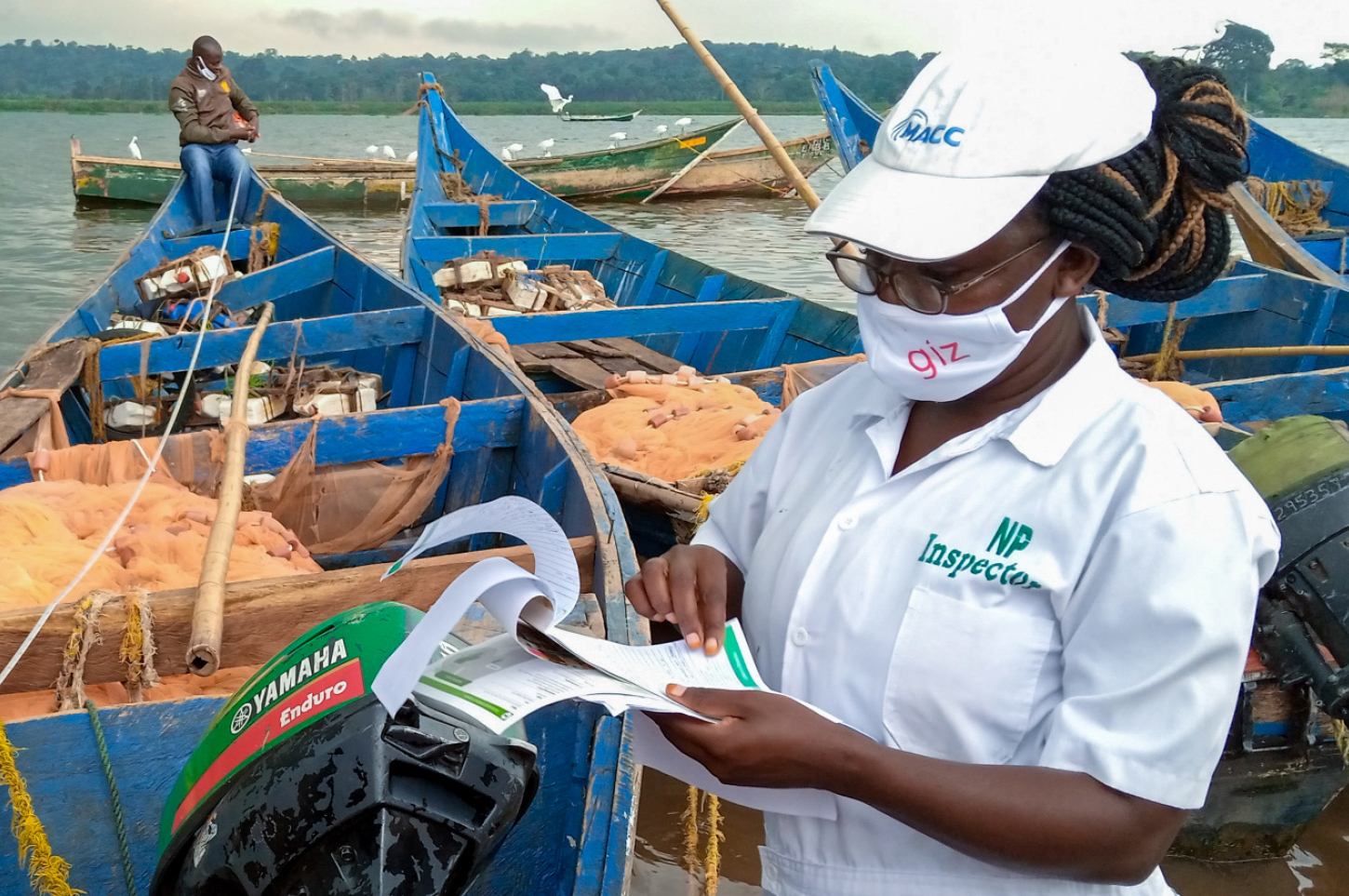What strategies need to be pursued to make more fish available to consumers in local markets? Because wild fish stocks are generally overfished, and the oceans’ ecosystems experience severe degradation the logical strategy is to increase fish supply through aquaculture. When increasing fish availability, especially for the food insecure population, the approach chosen must be environmentally sustainable, provide fish at an affordable price for this group (e.g., by avoiding additional costs such as for transportation) and should still offer the opportunity for producers to earn a living income.
The approach should therefore be centered around sustainable, decentralized aquaculture adapted to the limited financial and technical capacities of smallholders. Small-scale aquaculture in low-income countries plays already a crucial role in food and nutrition security as well as poverty reduction but still has significant potential to grow. On the one hand, vertically integrated aquaculture farms (companies that expand production to up- or downstream supply-chain activities) make important contributions to a country’s economic growth by increasing export earnings, but they usually have only little impact on the local fish supply and food security. On the other hand, small-scale aquaculture directly contributes to a higher fish consumption by the producers, depending on cultural preference for fish as a source of animal protein and to higher incomes that allow producers to purchase other foods.
When evaluating aquaculture as a source of income, it is important to consider that most small-scale farmers have little technical knowledge and financial capacities. These constraints prevent them from making larger investments for infrastructure and inputs, which are required when operating an intensive aquaculture production system. Formulated feeds, veterinarian products and machinery can significantly increase aquaculture production but are in most cases financially prohibitive for smallholders in remote rural areas. The required investments exceed their financial capacities by far and credits would put the household economies at risk. For this reason, technical and financial capacity development is so important. Optimizing the productivity of earthen ponds with low investments for fertilizer and supplementary feeds generating high profits per kg fish produced seems a workable way forward.
As an example, for a technique increasing production and being adapted to smallholders’ capacities, the GP Fish has introduced intermittent harvesting of Tilapia in Malawi. This practice is applied in mixed sex cultures of Tilapia, based on natural feed supplemented with agricultural by-products. Excess Tilapias, that hatched during the production cycle, are harvested by size-selective traps before reaching reproductive age. These frequently harvested fish are an easy-accessible protein source and nutrient-rich food component for a diversified diet and surplus production is generating additional income. Intermittent harvesting also reduces the economic risk of losing the entire production due to predators, theft, diseases, or natural disasters.
